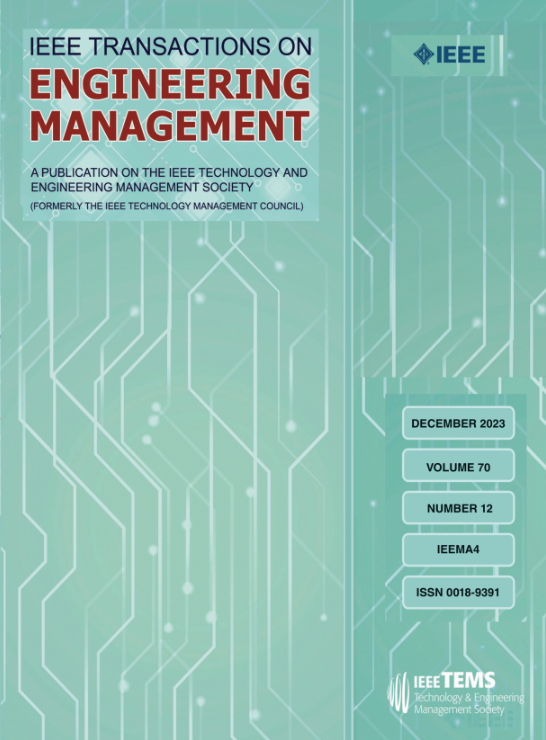Relationship Among the Startup Incubation Process Phases: A Structural Equation Model
IF 4.6
3区 管理学
Q1 BUSINESS
引用次数: 0
Abstract
This article quantifies the relationships among the different phases of the business incubation process. A total of 89 surveys coming from business incubators in Spain in the period 2022–2023 have been collected. A structural equation model (SEM) is applied to determine the association among incubation phases 1, 2, 3, and 4. The results show that the “spreading entrepreneurship” phase has a strongly positive significative influence on preincubation, phases 1 and 2 (hypothesis 1) basic incubation, phase 3 (hypothesis 4), and advanced incubation phase 4 (hypothesis 5). Besides, a moderate positive influence was found between preincubation and basic incubation (hypothesis 2) and between preincubation and advanced incubation (hypothesis 6). In this context, spreading entrepreneurship will be a useful tool to determine the success of entrepreneurship during the incubation process. Improving variables, such as counseling, channels, and training, will positively impact incubation. Therefore, taking action at the spreading entrepreneurship stage to improve the business incubator results and evaluate the structural deficiencies of entrepreneurs to improve their training level and technicians’ specialization is recommended. Applying SEM models in business incubators to evaluate their influence on graduation rates will also be of great interest.初创企业孵化过程各阶段之间的关系:结构方程模型
本文量化了企业孵化过程不同阶段之间的关系。本文收集了 2022-2023 年期间来自西班牙企业孵化器的 89 份调查报告。本文采用结构方程模型(SEM)来确定孵化阶段 1、2、3 和 4 之间的关联。结果表明,"传播创业精神 "阶段对预孵化、第 1 和第 2 阶段(假设 1)、基础孵化、第 3 阶段(假设 4)和高级孵化第 4 阶段(假设 5)具有显著的正向影响。此外,孵化前和基础孵化(假设 2)之间以及孵化前和高级孵化(假设 6)之间也存在中等程度的正向影响。因此,在孵化过程中,传播创业精神将是决定创业成功与否的有效工具。改善咨询、渠道和培训等变量将对孵化产生积极影响。因此,建议在传播创业精神阶段采取行动,改善企业孵化器的成果,并评估创业者的结构性缺陷,以提高其培训水平和技术人员的专业化程度。在企业孵化器中应用 SEM 模型,评估其对毕业率的影响,也是非常有意义的。
本文章由计算机程序翻译,如有差异,请以英文原文为准。
求助全文
约1分钟内获得全文
求助全文
来源期刊

IEEE Transactions on Engineering Management
管理科学-工程:工业
CiteScore
10.30
自引率
19.00%
发文量
604
审稿时长
5.3 months
期刊介绍:
Management of technical functions such as research, development, and engineering in industry, government, university, and other settings. Emphasis is on studies carried on within an organization to help in decision making or policy formation for RD&E.
 求助内容:
求助内容: 应助结果提醒方式:
应助结果提醒方式:


